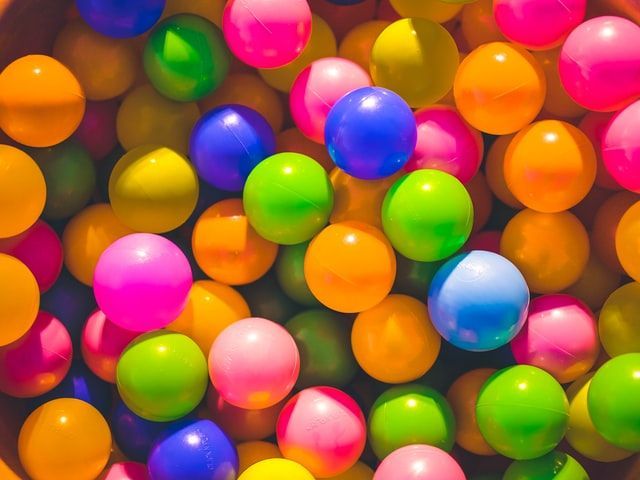In this and the subsequent post, I will discuss the meaning and significance of color and how the psychology of color affects your website. Moreover, I will submit a list of simple tips to improve the use of color on your site. As I have articulated many times before, an exceptionally eye-catching and aesthetically pleasing page is essential in the world of web development. One method to make your website more visually appealing is to have an appropriate color scheme that is utilized just the right amount and variation of color to clearly express the purpose, the personality, and the meaning of your site.
While the meaning of color can be somewhat based on individual perspective, as I discussed in, “Simple tips to improve your Web Accessibility,” you should try to use colors in accordance with their general universal meaning. Not only does using colors correctly increase web accessibility, but it is also especially important because colors are a non-verbal, subconscious way of conveying your ideas. Therefore, color is one of the web designer’s most essential tools to use in his or her development toolbox. As I have mentioned, each color has a meaning attached to it, and it is important to understand that meaning so you use the color properly. In Web Design, The Complete Reference, the author states that each color has an implied meaning, though that implied meaning can have a cultural bias attributed to it. But generally, the following colors have the following implied meanings.
- RED: Hot, Error, Stop, Warning, Love
- PINK: Female, Cute, Love
- ORANGE:Halloween, Warm, Autumn
- YELLOW: Happy, Sun, Caution, Excitement
- BROWN: Dirty, Fall, Earth, Nature
- GREEN: Money, Envy, Nature
- BLUE: Peaceful, Water, Male, Sadness
- PURPLE: Royalty, Luxury
- BLACK: Darkness, Evil, Death, Mourning, Night
- GRAY: Gloom
- WHITE: Clean, Innocent, Winter
Now, each of those colors can give the website viewer an instant and profound subconscious reaction or psychological effect. So use the color in situations where you are trying to persuade or convey a certain message, and make sure you use the color correctly, or the wrong effect can result. For example, blue, green, brown, turquoise, and silver are all considered cool colors, which have a calming or reassuring effect when viewed. These colors would be most useful for sites about relaxation, nature, medicine, law, or any other site that is trying to invoke a sense of relaxation and reassurance. Red, pink, yellow, gold, and orange are all warm colors, thus causing excitement for the viewer. These colors would be best suited for fast food sites, sports sites, sites where you want the viewer to purchase items or any other site where you want to stimulate the viewer. Black, white, brown, beige, and ivory are considered neutral colors; and purple is considered a mixed color, meaning it can have a calming or stimulating effect depending on the hue.
The color wheel is another important tool the web designer can use to ensure the correct use of color. It is imperative for a website designer to understand and implement the color wheel correctly. For example, colors next to each other on the color wheel are what I call, corresponding or balancing colors, like yellow and orange. Balancing colors can have a harmonizing effect and these colors complement each other, though they can be boring if overused. Contrasting colors are opposite each other on the color wheel, for example, yellow and purple. Contrasting colors can have a great effect when trying to cause attention and make something noticeable. Many sports teams use contrasting colors in order to invoke excitement and high visibility. For example, the LSU Tigers with their purple and gold team colors, and the Florida Gators with their blue and orange team colors, both of which are contrasting color schemes.
As you can see, the use of color can have a profound effect on your website. Therefore, before you start to implement a logo or piece together a website, take a minute to contemplate what your ultimate goal for that website is. Consider your clients’ goals and what reaction they hope to receive from their viewers. I assure you that if you use color correctly and consider it in your design, it will be an extremely handy tool in making an exceptionally eye-catching and aesthetically pleasing page, which should be one of primary your goals as a web designer. So remember, to make your site more visually appealing, implement an appropriate color scheme that is utilizes just the right amount and difference of color to clearly communicate the individuality and the meaning of your page. And, remember to “mix and shake” your site!
Stay tuned for Tips and Tools on How to Use Colors on your Site!


